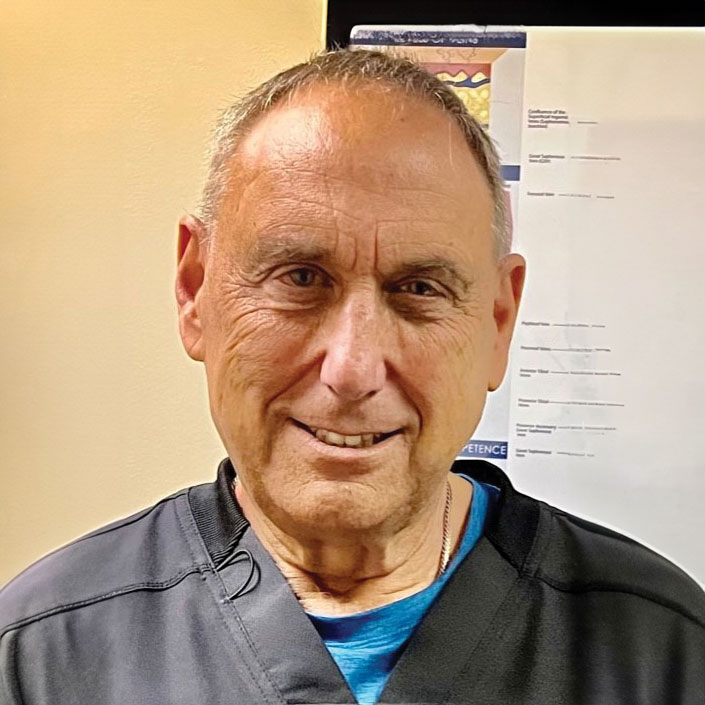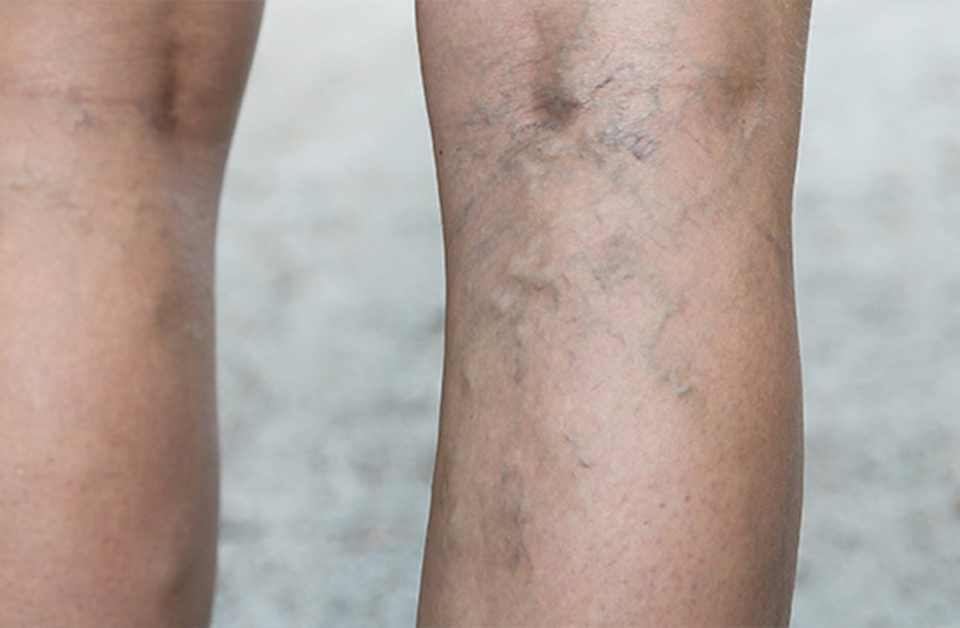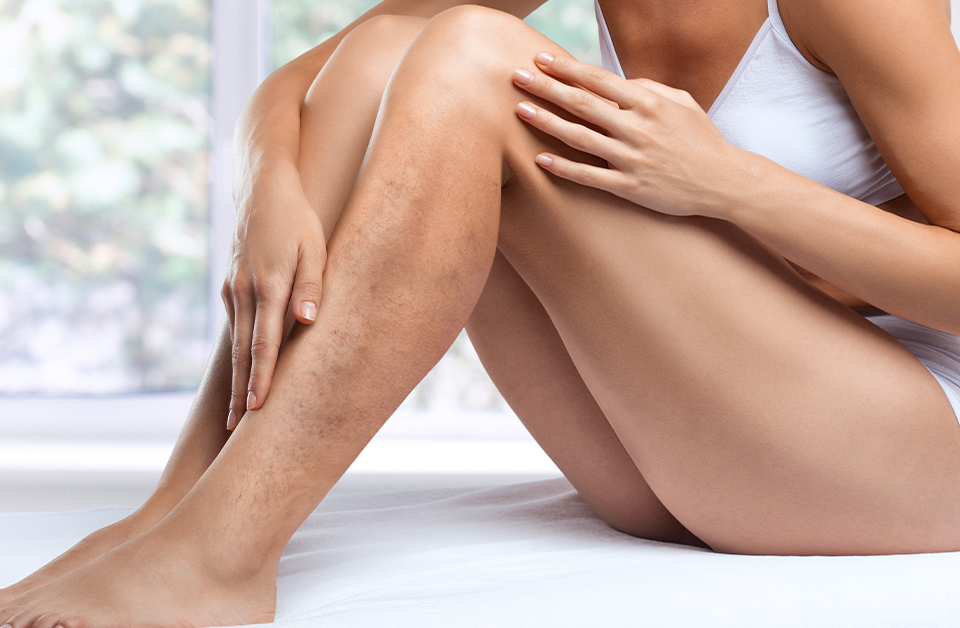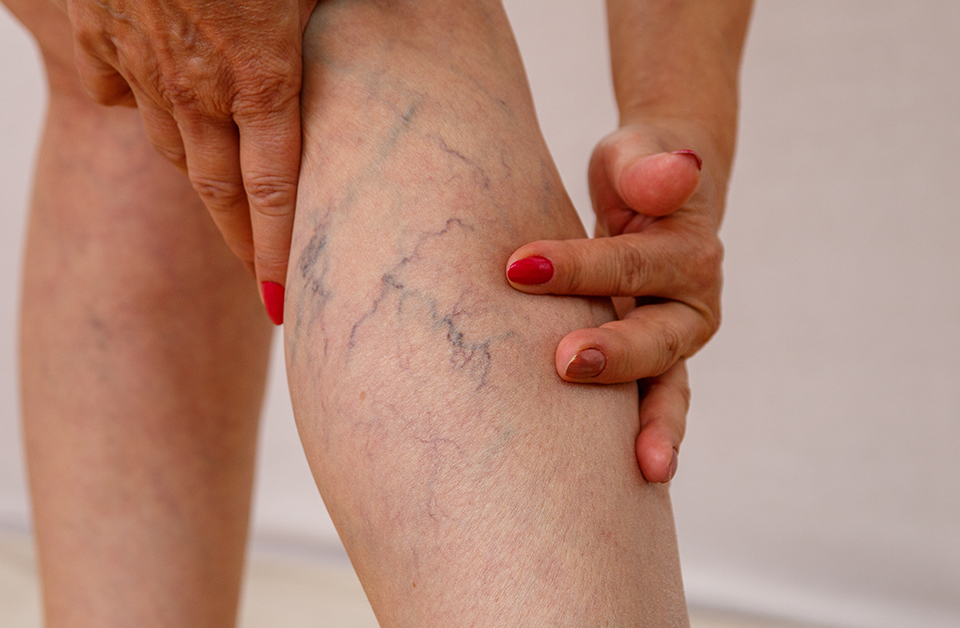Varicose veins are bluish, bulging veins visible in the legs. Both men and women can develop them, but women have a greater risk for venous disease, of which varicose veins are the most prominent sign.
“Of those affected by varicose vein issues, about 60 to 65 percent are women, compared to 35 to 40 percent men,” observes Charles I. Stein, MD, RPh, FACOG, a vein specialist at Vascular Vein Centers.
The main reason women are at a higher risk is the hormonal changes they experience due to menstrual cycles.
“Each month, women’s bodies produce high levels of the hormones estrogen and progesterone,” Dr. Stein informs. “Progesterone is a muscle relaxant that relaxes the smooth muscle lining vein walls, including the walls of the leg veins.
“Pregnant women produce even higher concentrations of these hormones, along with additional hormones, including relaxin, to help relax the uterus, which is made up of smooth muscle.”
The hormones produced during pregnancy and menstrual cycles not only relax vein walls, but they also make them weaker, allowing veins to bulge and become unsightly.
“The pressure increases from the inside out, pushing the dilated veins to the surface to create varicose veins,” Dr. Stein explains. “Lifestyle factors, such as wearing high heels regularly and prolonged sitting and standing play a significant role in this process.”
Signs and Symptoms
Other signs and symptoms of venous disease include tired, heavy legs, and drying and darkening of the skin of the lower legs. The disease also brings a risk of leg ulcers and blood clots (deep vein thromboses or DVTs). Heredity is a significant cause of varicose vein disease in both men and women.
“Since varicose veins are truly a medical condition called superficial venous insufficiency, the treatment is usually covered by health insurance and consists of minimally invasive office procedures, including laser ablation and sclerosing injections,” Dr. Stein reports. “These procedures are relatively painless and allow rapid return to normal activity as well as providing excellent, enduring results.”
Primary care physicians may not focus on leg vein issues because symptoms and signs are often subtle and overlooked. Since women are more affected and most see an OB-GYN for primary care through menopause, many referrals to Vascular Vein Centers come from physicians who specialize in women’s health.
“Since joining Vascular Vein Centers recently, I have been very impressed with the physicians’ and staff’s level of caring and commitment to patients,” Dr. Stein enthuses. “I bring to my patients 22 years of experience treating varicose vein disease.”
Dr. Stein sees patients in the Lake Mary office of Vascular Vein Centers.
Article courtesy of Vascular Vein Centers








